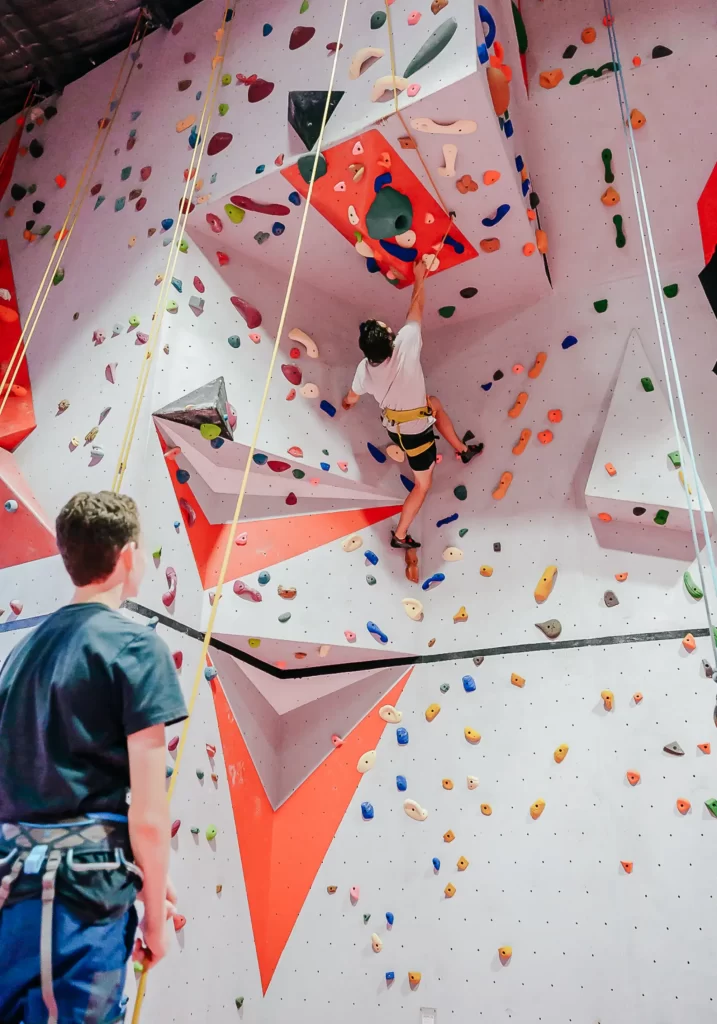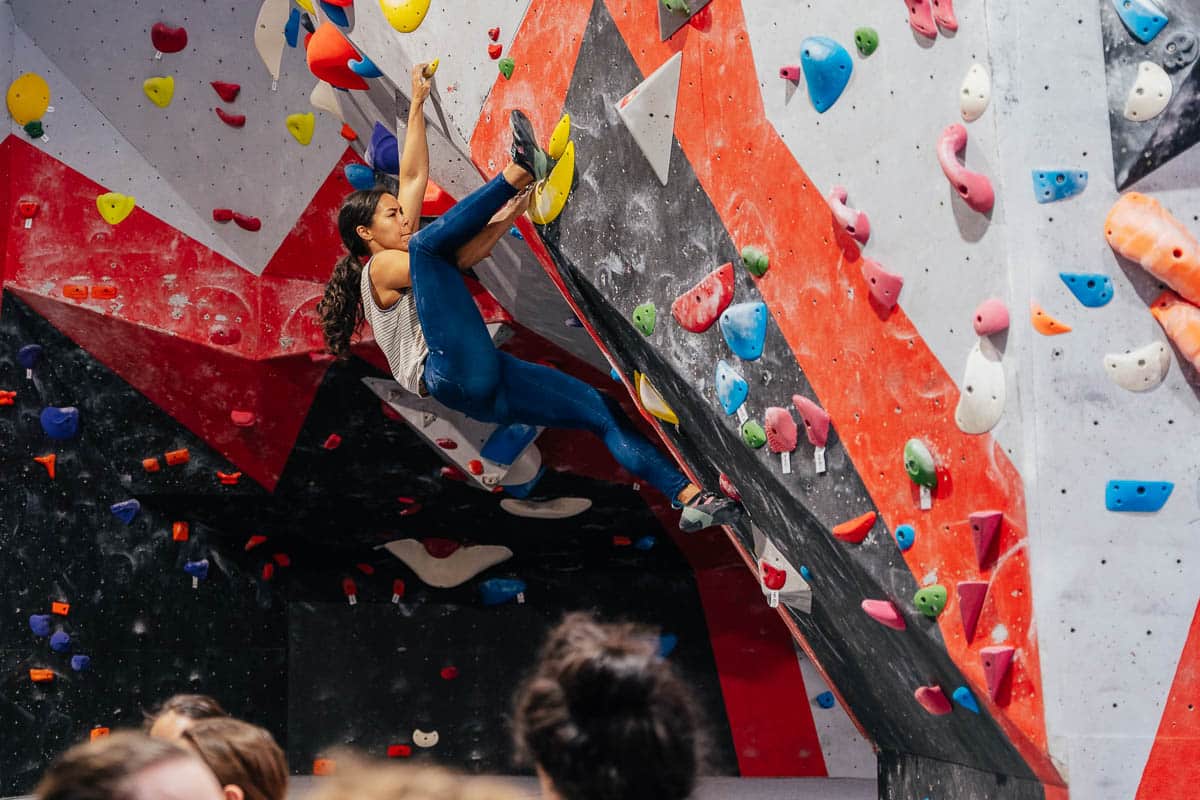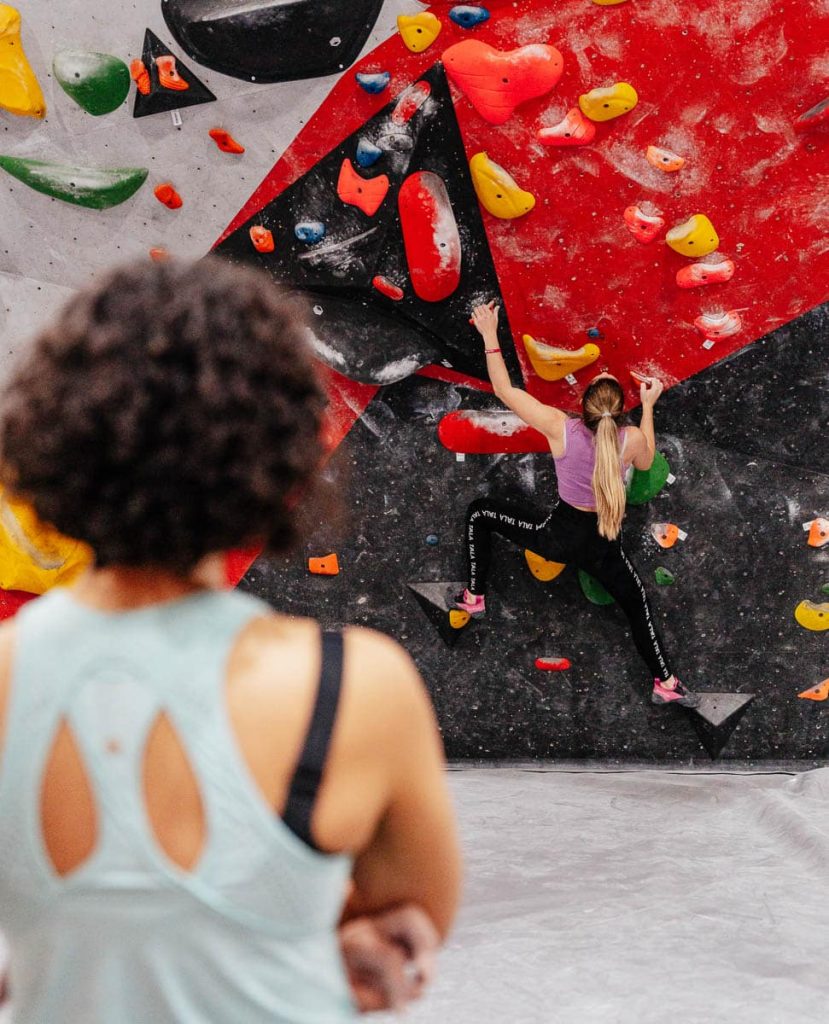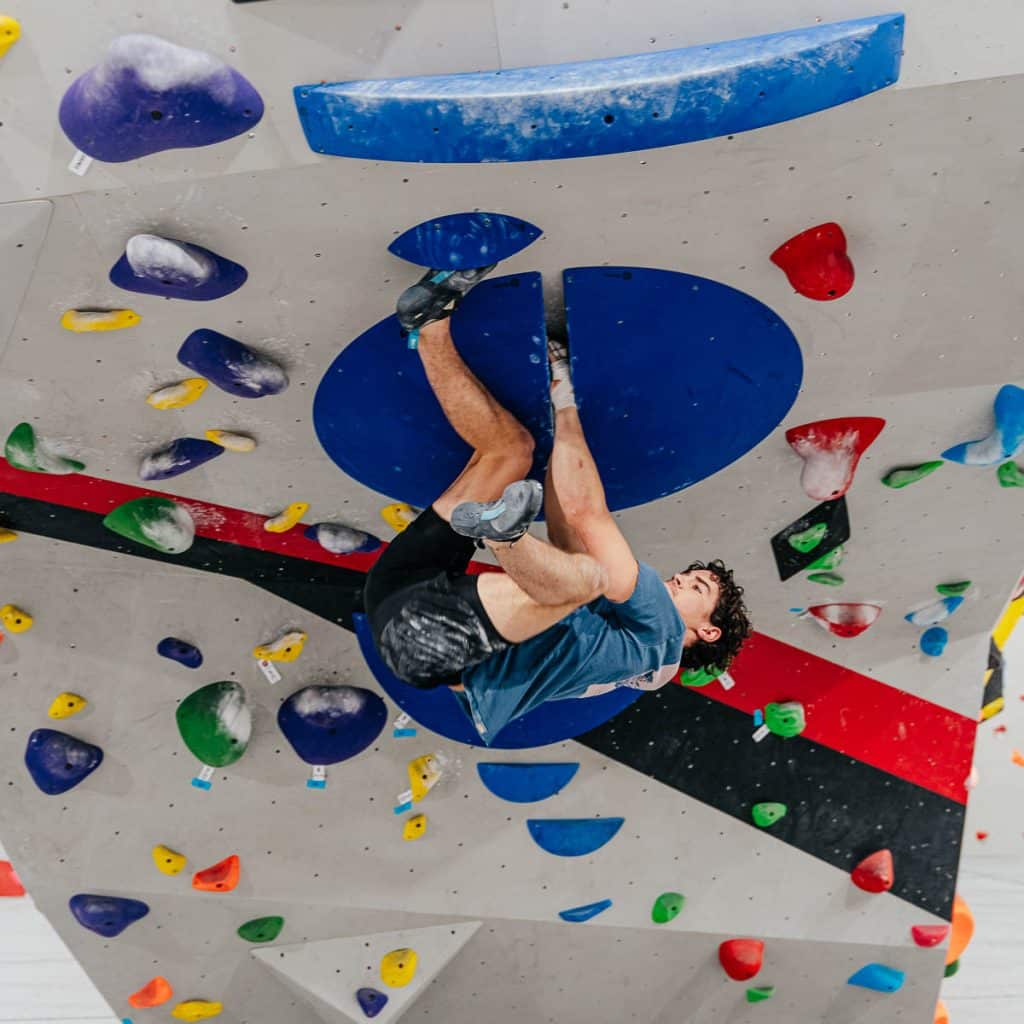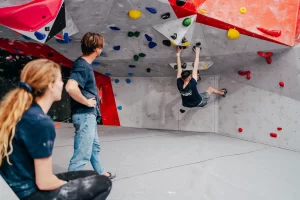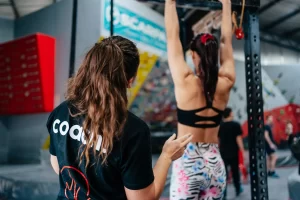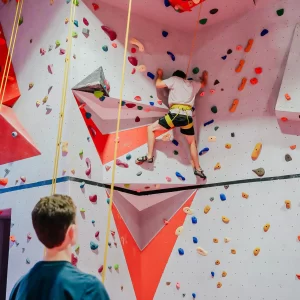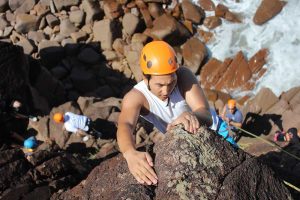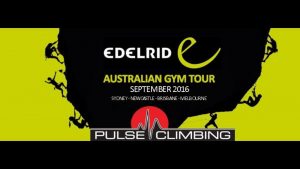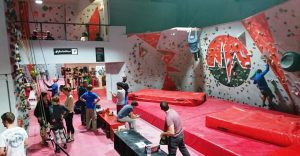Core Training
Core Training
Here I am at my desk thinking about what to write for the month. Googling ideas, wracking my brain, can’t think of anything. It then it hits me. I’m sitting here half tensing my abs, BOOM core.
There are so many individual parts to climbing, these individual parts make a massive difference to your performance. If you were to ask someone how you get strong for climbing, most people would say “oh, you need good finger strength, upper body strength, etc.” Whilst that’s completely correct and I do believe isolated finger strength is neglected in many climbers, I also believe many climbers don’t focus enough on core.
Core strength is the generator of power. Without core strength you will be relying way too much on your arms. Obviously, your arms can only take so much, they will eventually give out prematurely. A strong core allows you to keep your body close to the wall and further stabilises it. In doing so you are able to put more weight on your feet thus saving your arms. A strong core will enable you to keep tension throughout those stretched out moves and minimise lateral movement once again saving you vital energy.
Your core includes multiple muscles all of which are vital, though I personally believe there are a couple of “primary” ones important to climbing.
Reference: www.thewinstongazette.com/importancecorestrength/
The picture above illustrates well the structure of your core. When talking about core, whilst generally the whole structure is important, primarily I tend to focus on “Transverse Abdominals” (TV). As mentioned above the TV wraps around your spine and is the deepest muscle within the abdominal group. This acts as a stabilizer for your thoracic spine as well as your pelvis. This is of obvious benefit for climbers due to the nature of the vigorous and dynamic movement. I believe TV is the most under trained abdominal muscle, though probably the most significant to climbing. Additionally, often lower back pain is due to a weak TV.
How to train it:
Planks- Planks are a great way to train TV. Planks involve holding your body stiff (like a plank) whilst your upper body is resting on bent arms at 90 degrees whilst on the ground (see pic). The idea here is to lift your stomach or belly button to your lumbar spine. You want to be super straight and super stiff. A modification I prefer with planks is to put your feet on a swissball, otherwise everything else is the same. I usually do 3 sets of 1 – 1.5 min. Another modification is to spend 15 seconds with both feet on the swiss ball, lift one of your legs up and slide it off the ball so you have one foot on the ball though hold your position. Spend 15 seconds in that position, back to two feet for 15, then finish by swapping to one leg again. 1 min of plank pain.

Another very specific TV exercise is front leavers. Now, don’t worry too much if you can’t do one of these things. There are ways to train your body to improve your strength. A front leaver involves holding your body out horizontally whilst holding onto a hold or bar. The aim is to hold your body dead straight, see if you can pause there before your body sags. Tense every muscle in your body, especially your core, glutes, hamstrings, quads and lats. A build up exercise to this is doing the same front leaver action though hold one leg out straight and the other bent at the knee (so your knee is closer to the rest of your body). Below is John Gill’s amazing one arm front leaver.

Another exercise is to lie on your back with your knees bent at about 90 degrees. Suck in your belly button and focus on being tight deep in your core. Slightly lift your shoulders off the ground, have your arms out straight besides you. Whilst keeping your body tight, you want to “hover” or do little crunches where your arms are sliding forward each “sit-up”. It’s important to keep your abs tight throughout the entire set unlike some sit-ups where there is a moment of relaxation before contraction again. Punch out 50 of these and you’ll feel a nice burn.
You can additionally train the TV muscle throughout the day. It may take a while to be able to do it automatically, though it is possible. You want to keep relatively tight throughout the day by bringing your belly button into your lumbar spine and simply holding it. You should feel a slight burn. Have some sort of a reminder, write something on your hand for example. Every time you see it, suck in your belly button and hold it. Over time you will instinctively do it and BOOM strong core.
Internal & External Obliques: The Internal Obliques (IO) is the next deepest muscle within the abdominal group. Whilst it does compress your trunk (upper body), it also works with External Oblique (EO) to help your body rotate in a controlled manner. EO is the third deepest muscle within the group. How often in climbing do you slightly rotate and twist to reach that next hold? I’d say fairly often. Heck, just keeping your hips into the wall and trying to climb with good technique involves slight twisting. Yep, this group of muscles are very important to climbing yet again often neglected (I am guilty of this one).
How to train it:
As the IO and EO do rotate your body, when training the IO and EO you need to incorporate some sort of twisting or side bending. A intense exercise is hanging off a bar, lifting your legs to an L-sit position, keeping knees together, do a leg raise though rotate them so your knees are lateral to your shoulders (on outside). Lower them then do the other side. Pretty much like a leg raise though keep rotating them from side to side.
Another is bicycle sit-ups where your legs are lifted off the ground and you are lying on your back. As you do a normal crunch, your right elbow touches your left knee. Yours hands are behind your neck, though be sure to use your abs and not strain your neck by pulling on it. Repeat for both elbows (left elbow to right knee). Punch out between 30-50 of these puppies and you’ll be feeling it.
You can do a similar thing with a medicine ball. For this do a normal sit-up though once at the top you rotate either one way, then the other way on the next rep, or twist both ways before you go back down.
Another exercise I came up with is to get a dumbbell, stand up straight, hold it with both hands in front of you bent at the arms at about 110 degrees and twist from side to side. You can speed it up for a more intense burn. MASSIVE WARNING goes out for this one. As you are twisting with speed and added weight it can cause back pain and I am sure issues. So I guess I wouldn’t recommend it though it’s something I include when I remember. Piper also has one called “shake the baby” but we won’t go there and you can ask him for that exercise yourself.
An exercise for the gym junkies is to use the machine where you’d work triceps, if you can use the rope attachment. Get on your knees, select a weight, grab the rope and pull it so it’s behind your head, one arm either side of your head holding up near your ears. You want to be facing away from the machine. You now flex down and rotate your body so your right elbow touches your left knee in which your kneeling on. Repeat for the other side. This is an awesome exercise for EO & IO.
Rectus Abdominis: The Rectus Abdominis (RA) is probably the one you’ve heard so much about. It’s the most outer muscle in the abdominal group and the one which is the most visual. By this I mean “six pack”. RA has a role in many things including posture though also flexes the lower spine or trunk if the lower legs are fixed. Doing a crunch would primarily work RA. In my opinion RA is the most focused on when people work their abdominals, yet in my opinion probably the least significant to climbing. Please don’t get me wrong, ALL of the abdominals are extremely important, though if I could “number” them, this would be last.
How to train it:
I train this a couple of different ways. Traditionally people do sit-ups, knee raises, etc to train it, though if I am training this muscle I’ll do something which incorporates TV as well. What I’ve found effective is leg raises. These will do RA but additionally TV. Hang off a bar, point your toes, lift your toes to the ceiling, your feet should be the same height as your hands. Slowly control your decent and repeat. I do 3 sets of 10 among other exercises, this seems to really make me work for it.
V-Snaps, these are awesome and I also believe it’s training TV. Lie on a soft mat, boulder mat is perfect. Point your legs and toes so they are straight, stretch out your arms so they too are straight. The aim here is to pivot on your lower back/hips snap your upper and lower body up so that your hands meet your feet at the highest point. Control the decent and repeat. Again, I do 3 sets of 20 among other exercises. These can hurt your lower back, so if it’s a big sore or weak I’d recommend you don’t do these until you have recovered.

The core is such an essential part of us as humans and is particularly important to us climbers. So many climbers just purely climb and do nothing else in the way of cross training or including additional training in their schedule. I believe this to be a mistake. If you want to improve you cannot just simply do the activity, you need to analyse key components of the activity and additionally train them separately and more importantly specifically. I have written before about hangboarding and the benefits surrounding it, core training is similar. It’s a component of climbing which is vital and thus should be included into your training. I have identified a select few exercises for each muscle group. There are zillions of exercises, do a little research if you aren’t a fan of mine and I am sure you’ll come up with something. Whatever you do, don’t neglect you’re core. The next time you go to the gym, just for a few climbs think about how much you are using your core or abs, you be surprised.
Hope it helps.
Pete.

